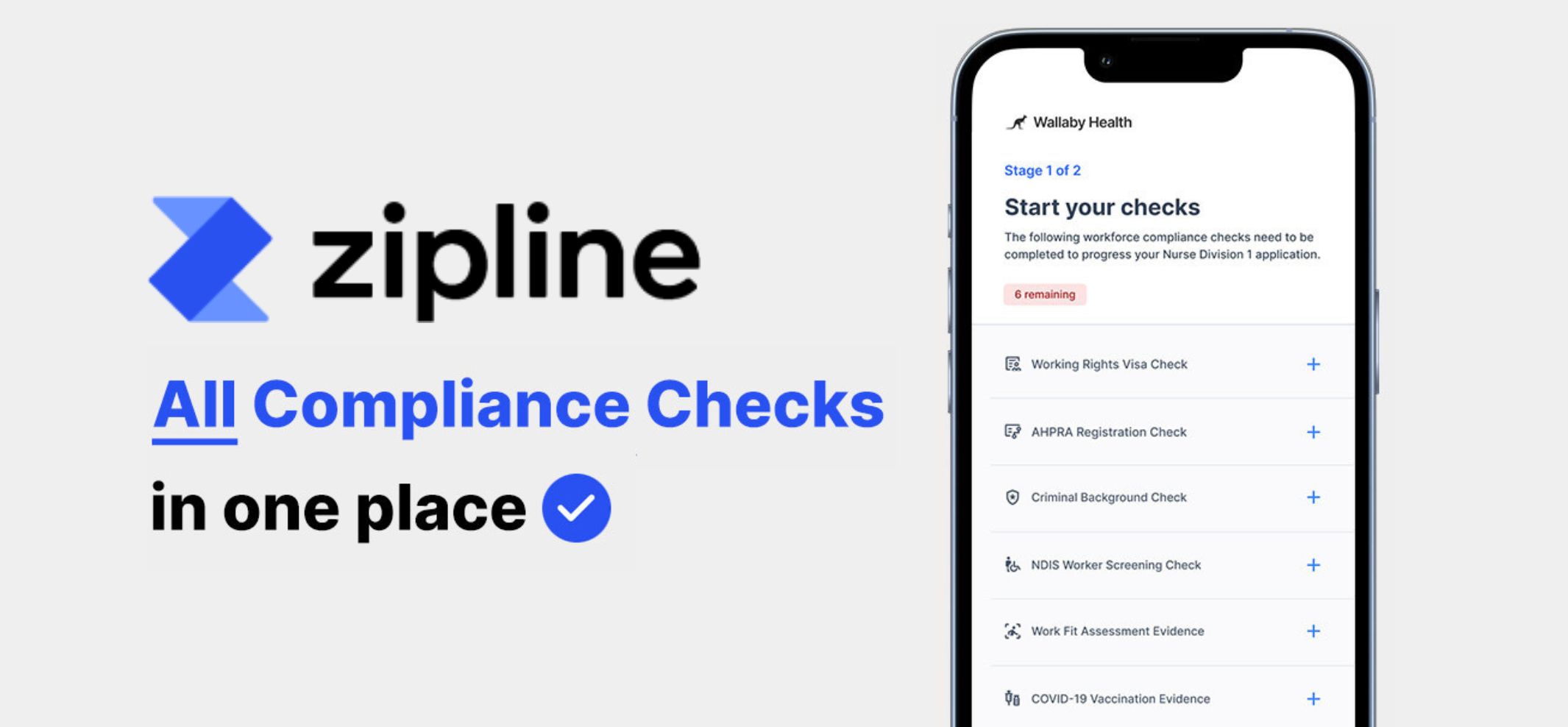Many of us learn in school about the Declaration of Independence – the founding document that founded the United States in 1776. What you may not know, however, is that Founding Father, Benjamin Franklin, had established one of America’s first hospitals, two and a half decades earlier.
Hospitals form an integral part of healthcare systems – they’re there through good times and bad, and the ability of essential workers to rise to the challenge of complex emergencies in recent years demonstrates just how vital they are to the health of America.
In a world where healthcare is being disrupted by a range of factors, from technological advances to the aging of the workforce, how can an MBA in Healthcare Management online better prepare you for the challenges ahead? Let’s explore how the healthcare system adapts to disruption and change through ingenuity and innovation – considering ultimately, what it means for patients, physicians, and administrators alike.
The Revolution Will Be Live
Famed jazz poet Gil Scott-Heron once described the nature of the modern revolution – that it would not be photocopied (Xeroxed) or a re-run – simply put, the revolution would be live. Those words can be difficult to understand for many, but for the few who understand the nuances of change and revolution, it makes a lot of sense. Fascinatingly, the idea can be applied to healthcare systems across America, from Niagara Falls to Texas, and everywhere in between.
The medical sector is experiencing unprecedented levels of change and transformation. As America ages, more and more older nurses are looking towards retirement, while new and energetic young nurses look to leverage the power of technologies they use every day to work smarter and safer.
What does this mean for the healthcare systems of tomorrow? In the last few decades, they’ve been influenced most significantly by the users they serve. In particular, hospitals have needed to cater to a tech-savvy user base, shifting away from conventional paper charts and developing centralized hospital management systems.
This has largely occurred over the last two decades, with less than four percent of hospitals using paper records for patient management. The revolution to digital record-keeping solutions has not only been live – it’s been happening before our very eyes.
Using Analytics to Support Preventative Programs
One of the advantages of centralized digital record-keeping is the ability to track and monitor patient health at both a cohort and highly personalized level. Analytics can be incredibly beneficial for hospital administrators – particularly in understanding the needs of the communities a hospital serves.
Take, for example, a hospital that experiences a high rate of cardiac events when compared to the national average. Recognizing those trends, a hospital may be able to consider implementing a program that encourages heart health checks, where a clinician can provide insights and strategies on how to manage one’s heart health before a major cardiac event occurs.
As data becomes more granular, it can be used by medical personnel to accurately project staffing needs for major events. For example, if a hospital is aware that they have a large number of expectant mothers in the coming months, they can use that data to inform what staffing levels may be required during that time.
The Heart of It: The Patient
At the center of it all, the patient is the most important part of hospital ecosystems. After all – if there were no patients, there would be no work. Importantly, it means that an important consideration must be the structure and nature of record keeping.
In recent years, hospitals have become the target of cyber incidents, preventing staff from accessing digital records and causing ongoing risk to the personal medical data of thousands of patients across America. Data is incredibly lucrative to bad actors – it can be ransomed, auctioned on the dark web, or used in a variety of disruptive ways, such as shutting down emergency rooms.
As hospitals become increasingly integrated with technology, hospital administrators must always be mindful of the risks present. The future of hospitals will not only have nurses, physicians, and administrators – they’ll be joined by information technology specialists who can help in protecting customer data.
Putting it All Together
Healthcare is an industry that is constantly experiencing change. In the last two decades, technology has increasingly come to the forefront to challenge, restructure, and reimagine the way health professionals do their jobs.
In the years to come, it will be vital for hospital administrators to consider the needs of patients, first and foremost. Considering their needs beyond the hospital, these vital healthcare institutions must be empowered with the capability to protect highly personal information from those who should not have access to it.
The road ahead is challenging, however, it’s not insurmountable. As hospitals adapt to the emerging opportunities and threats that face their business, it’ll be exciting to see how data is used in innovative ways to improve the quality of life of members of a hospital community.




















Upcoming Events
6th Annual Aged Care Week
June 25, 2025
Subscribe
We send emails,
but we do not spam
Join our mailing list to be on the front lines of healthcare , get exclusive content, and promos.